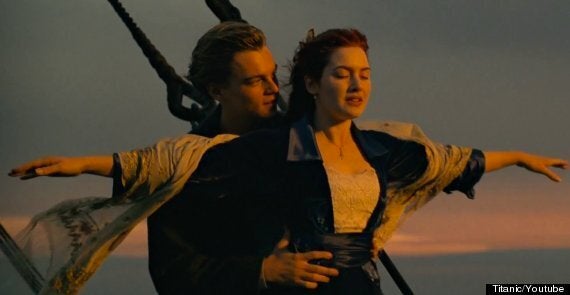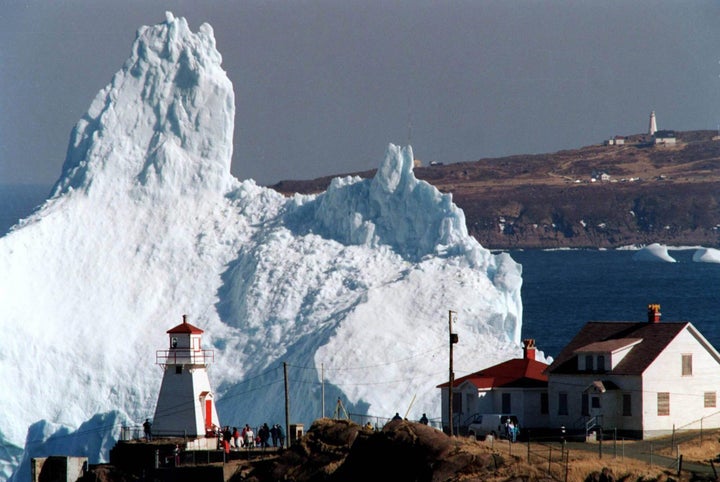The Titanic may have sunk because of the position of the moon, scientists believe.
The infamous iceberg which ripped open the hull of the ocean liner may have been swept into the Titanic's path by a rare conjunction of the moon and sun, a new theory states.
The night of the disaster marked the moon's closest approach to Earth for 1,400 years, a near encounter between the Earth and the Sun, and a spring tide.
All these factors contributed to abnormally high sea levels which helped dislodge grounded icebergs and send them into the shipping lanes of the North Atlantic, scientists have claimed.
The huge ship, which was said to be "unsinkable", struck an iceberg 375 miles south of Newfoundland on the night of 14 April, 1912.
Within hours, the vessel had sunk without trace. The disaster cost 1,500 people their lives.

Moments before the ship hit the iceberg, first glass passengers would have been relaxing in this luxury dining room
Later it emerged that the Titanic had steamed at full speed into an area littered with icebergs despite warnings of the danger. But why so much ice should have been in the shipping lane at the time has long been a puzzle.
"Of course, the ultimate cause of the accident was that the ship struck an iceberg," said lead researcher Dr Donald Olson at Texas State University.
"The Titanic failed to slow down, even after having received several wireless messages warning of ice ahead.
"They went full speed into a region with icebergs - that's really what sank the ship, but the lunar connection may explain how an unusually large number of icebergs got into the path of the Titanic."

The Titanic leaving Southampton
Titanic's fate might have been sealed four months earlier on 4 January when there was a full Moon and spring tide.
During a spring tide the Sun and Moon line up and the combined effect of their gravity causes sea level to rise exceptionally high.
On 4 January, 1912, the tug of gravity was stronger than usual.
The Moon's perigee - its closest approach to the Earth - was closer than it had been for 1,400 years and came within six minutes of the full Moon.
In addition, the Earth's perihelion, the point at which its orbit brings it closest to the Sun, had occurred just the day before.

The Titanic film, one of the highest grossing blockbusters, is due to be re-released in 3D this year.
"It was the closest approach of the Moon to the Earth in more than 1,400 years and this configuration maximised the Moon's tide-raising forces on Earth's oceans," said Dr Olson.
"That's remarkable. The full Moon could be any time of the month. The perigee could be any time of the month. Think of how many minutes there are in a month."
The scientists report their findings in Sky & Telescope magazine, explaining how a freak high tide would have dislodged many of the stranded icebergs and released them into the south-bound ocean currents.
They would have had just enough time to congregate in the shipping lanes for their fateful encounter with the Titanic, according to the scientists.
Dr Olson explained: "As icebergs travel south, they often drift into shallow water and pause along the coasts of Labrador and Newfoundland. But an extremely high spring tide could refloat them, and the ebb tide would carry them back out into the Labrador Current where the icebergs would resume drifting southward.
"That could explain the abundant icebergs in the spring of 1912. We don't claim to know exactly where the Titanic iceberg was in January 1912 - nobody can know that - but this is a plausible scenario intended to be scientifically reasonable."
An iceberg in Newfoundland
